Before we head back to Bangalore, we decided to stop at the Mahabalipuram’s old lighthouse. India’s oldest lighthouse, built around 640 AD by Pallava king Mahendra Pallava stands next to the newer and modern lighthouse. The credit for this visual treat goes to the department of lighthouses and light ships which felicitated the re-opening of the lighthouse for the public, ending a decade-long ban over fears of terrorist threats.
Tamil Nadu
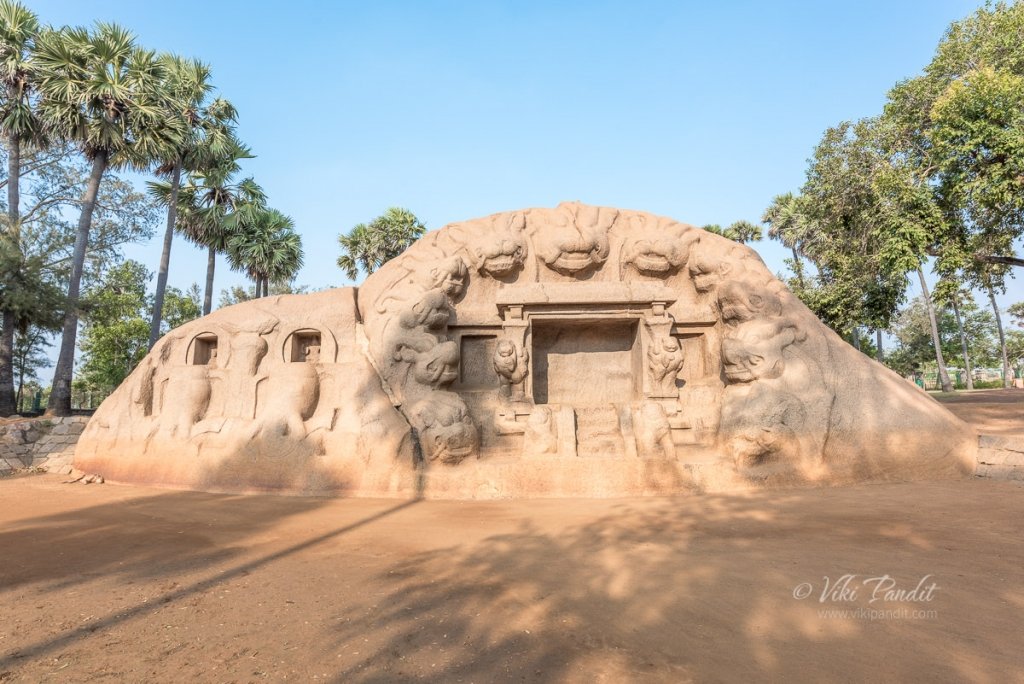
Tiger Cave
The Tiger Cave is not really a cave and tigers do not live here either. It is a rock-cut Hindu temple complex with carvings of tiger heads around the structure, located in the hamlet of Saluvankuppam near Mahabalipuram. These rock-cut structures with tiger-head like shapes are believed to have been constructed in 7th century by Pallavas.
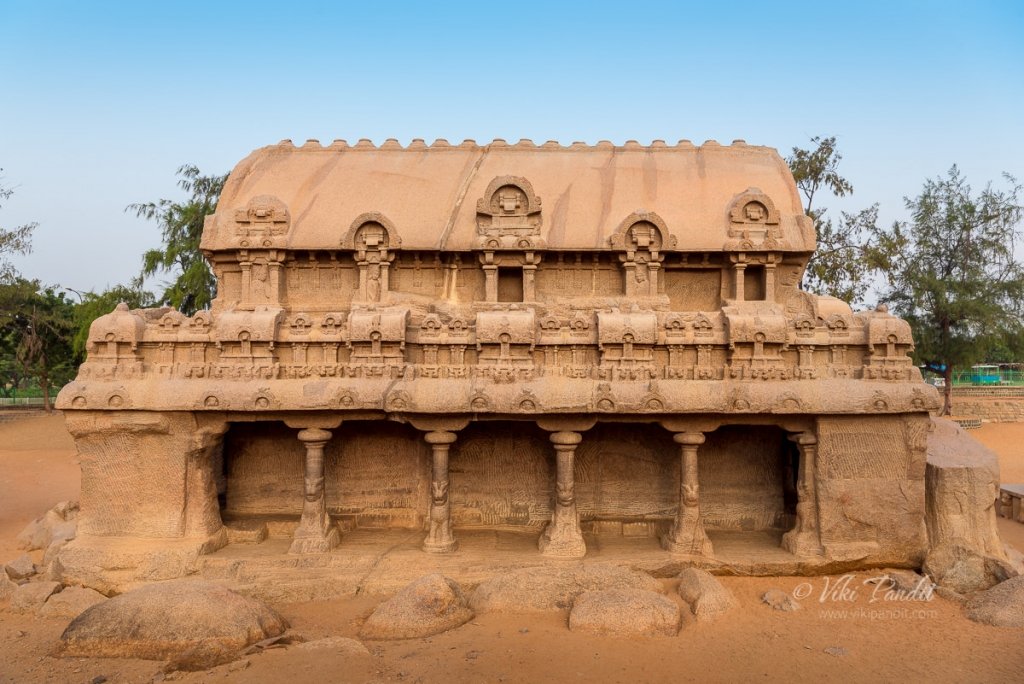
The monolithic Pancha Rathas
One of the most crowded places in Mahabalipuram, the Five Rathas or Panch Rathas are five monolithic temple structures built by the Pallavas in early 7th century AD. The buildings displaying exquisite carvings are named individually after Draupadi and the five Pandava brothers.
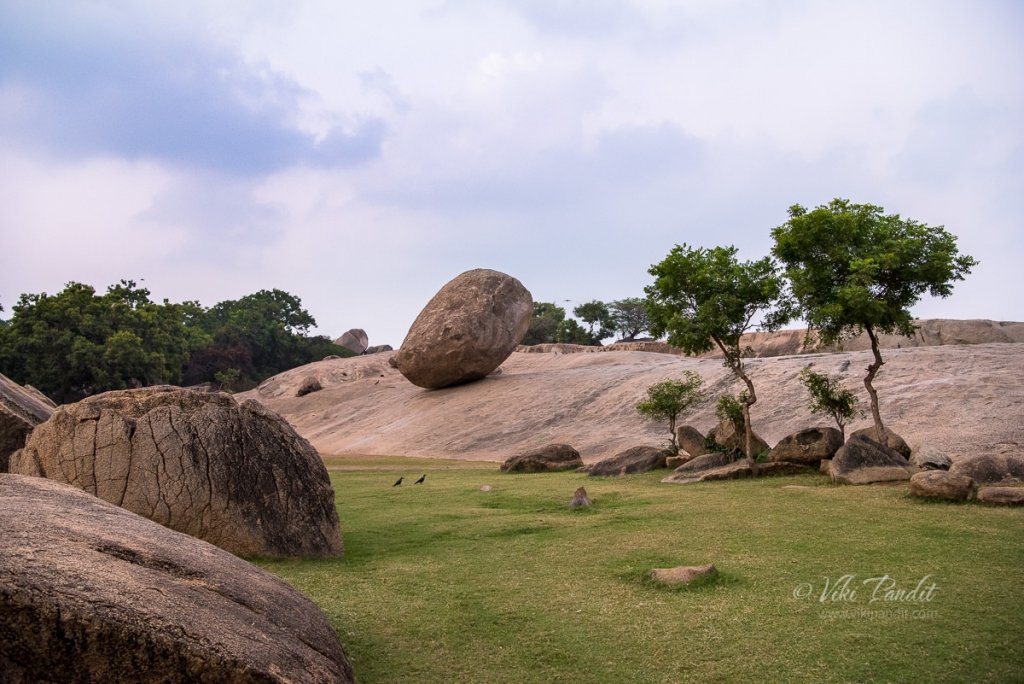
The curious case of Krishna’s Butterball
I woke up at dawn to explore one of the most mysterious ancient artifacts found in South India. Krishna’s Butterball is a gigantic granite boulder resting on an extremely small and slippery area of a hill in the historical town of Mahabalipuram. This precariously balanced 250 tonne boulder is believed to be a bolus of butter, the young Krishna would steal. The rock continues to defy gravity and has been sitting on this 45-degree slope since mankind started keeping records.
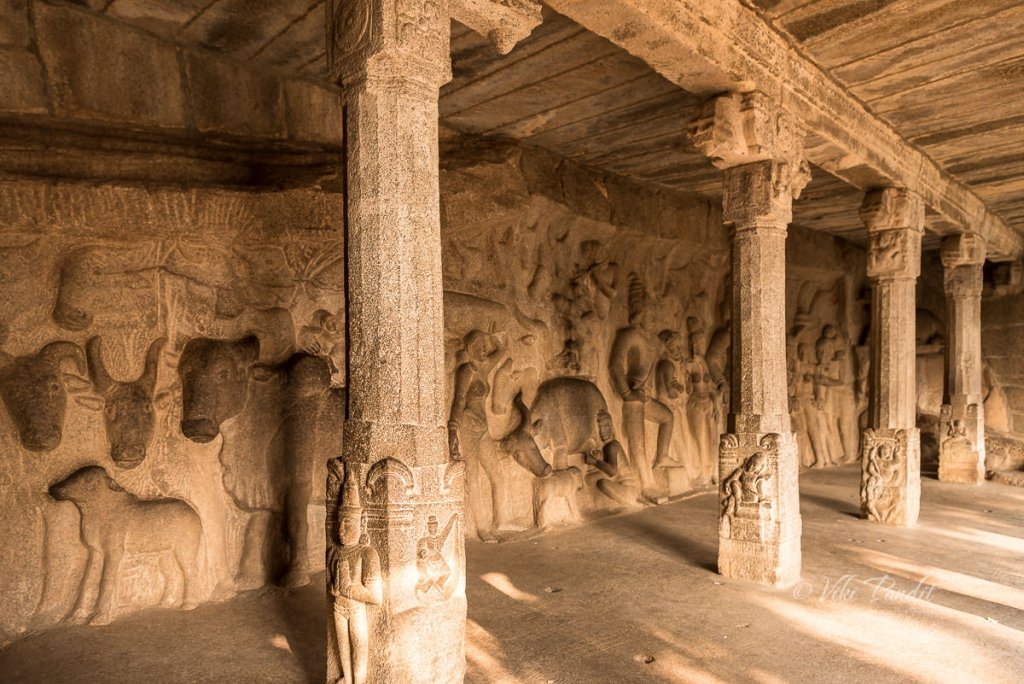
Monuments of Mahabalipuram
Today we go on a tour of the monuments of Mahabalipuram. The city of Mamalla, named after the title of Pallava ruler Narasimhavarman-I, was a sea-port during the time of Periplus and Ptolemy. Today it is a town studded with rock-cut caves, monolithic shrines, cave sanctuaries and structural temples. The open-air museum also includes the largest open-air rock relief in the world. The group of monuments at Mahabalipuram, were accorded the status of a UNESCO World Heritage Site in the year 1984.

The last Pagoda of Shore Temple
We drove to the Shore Temple at dawn to witness the pristine structure, built with blocks of granite, dating from the 8th century AD. Overlooking the shore of the Bay of Bengal, it is one of the oldest temples in Southern India. Constructed in the Dravidian style that reflects the royal taste of the Pallava dynasty, its sanctuaries are dedicated to Vishnu and Shiva.
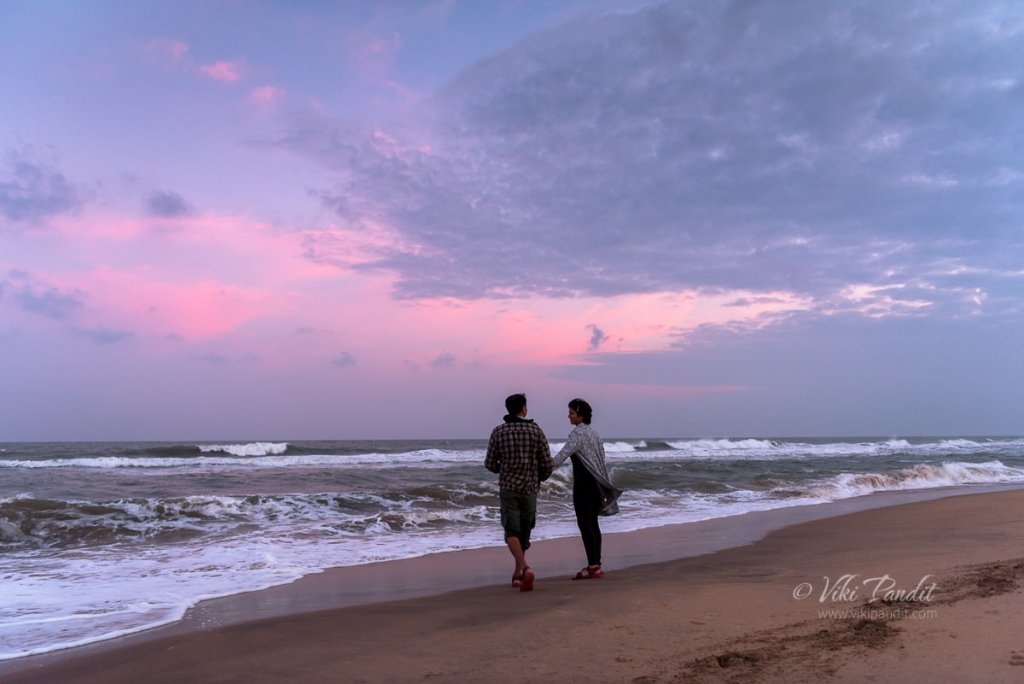
Musical Waves of Mahabalipuram Beach
We sat under magical skies, immersed in the music of the strong waves of Bay of Bengal. The historical town of Mahabalipuram is an enchanting place to explore age old stone carvings and century old temples, but in-between the sweaty hikes, one can cool their tired heels at the beautiful beaches along the east coast.
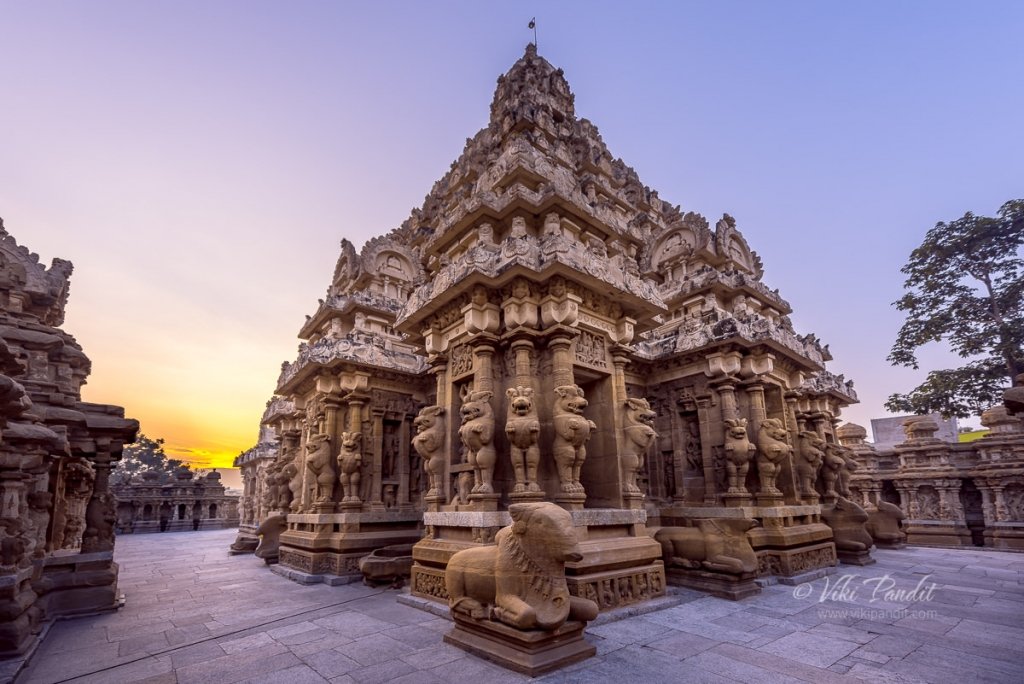
The Kovils of Kanchi Kailasanathar Temple
I have an affection for studying stones. While I was in Kanchipuram, I dropped by at the sandstone temple of Kanchi Kailasanathar at the break of dawn. Located in one of the busiest cities of Tamil Nadu, the temple was commissioned in the 8th century by Rajasimha, one of the greatest kings of the Pallava Dynasty.

Weekend in Ooty
Ooty, a vast sea of breathtaking landscape, dense forests, mesmerizing flowers and flowing tea gardens. Udhagamandalam?? Not a lot of people are aware that the real name of Ooty, one of the most popular Hill Station in India, is Udhagamandalam. Ooty is a paradise on Earth and a delight for nature lovers. Elevated at around 3000 m above sea level, this bouquet of hills has […]
